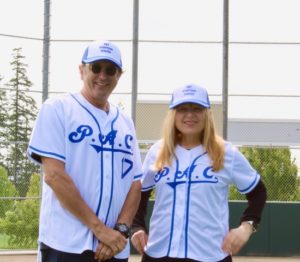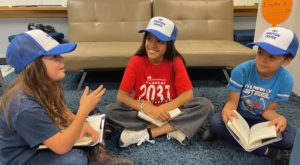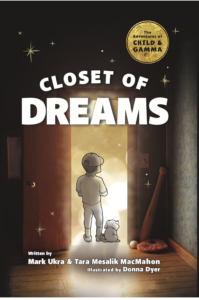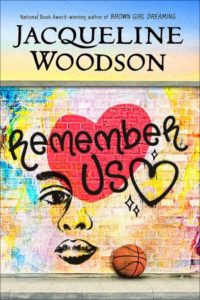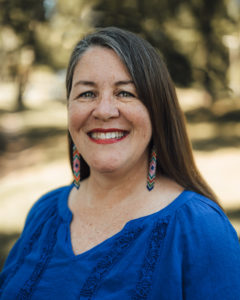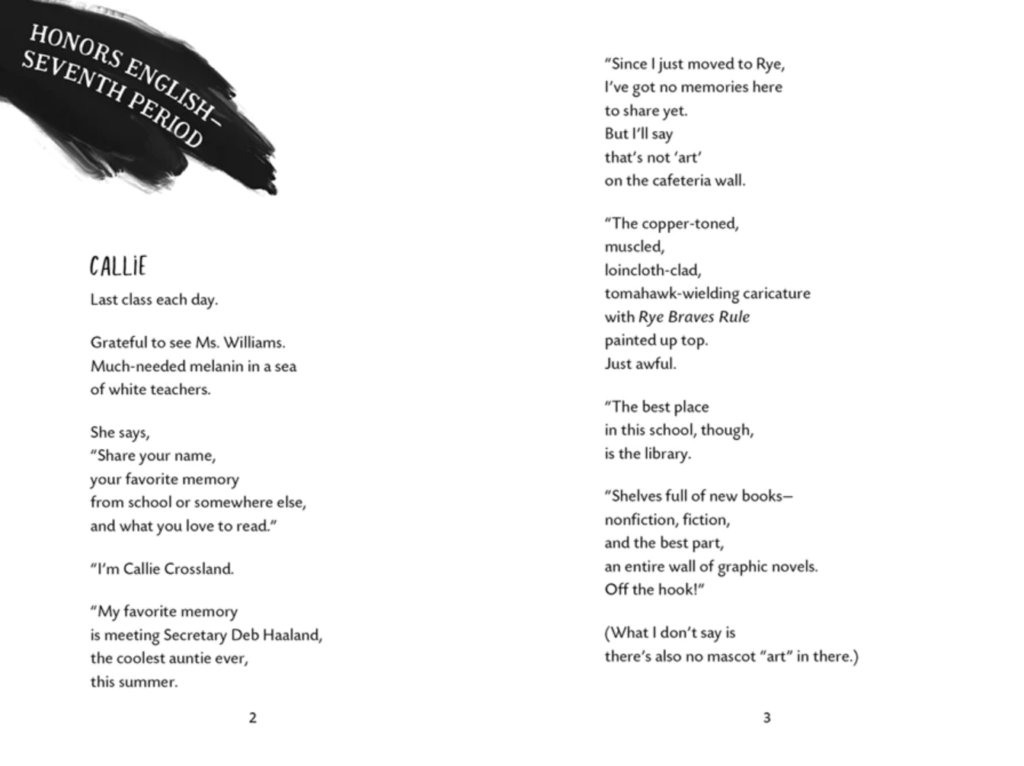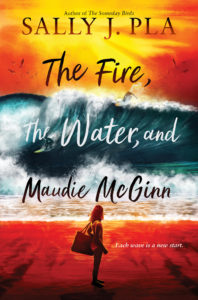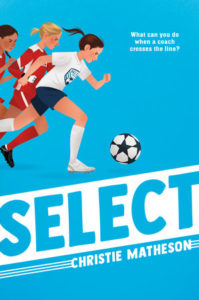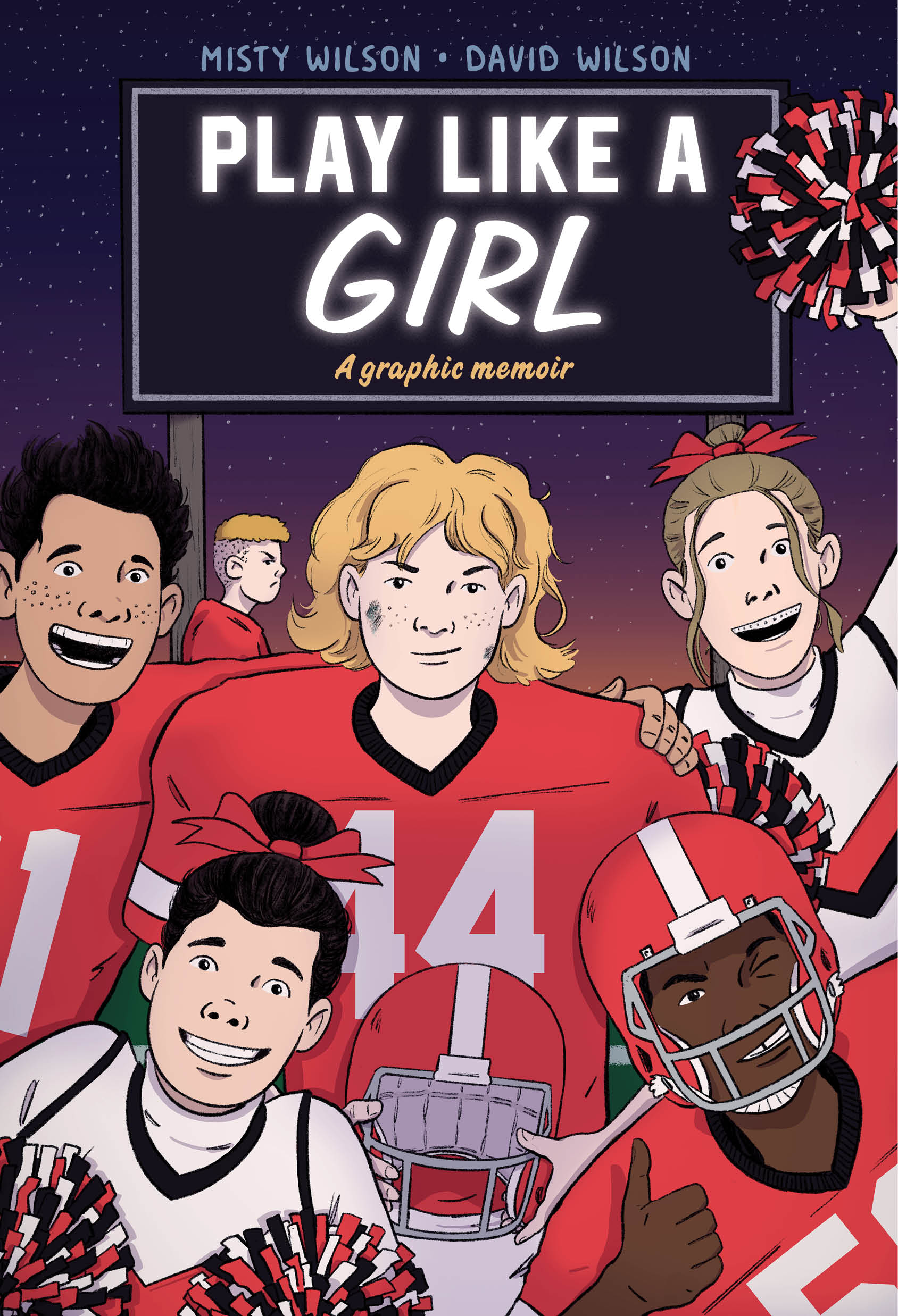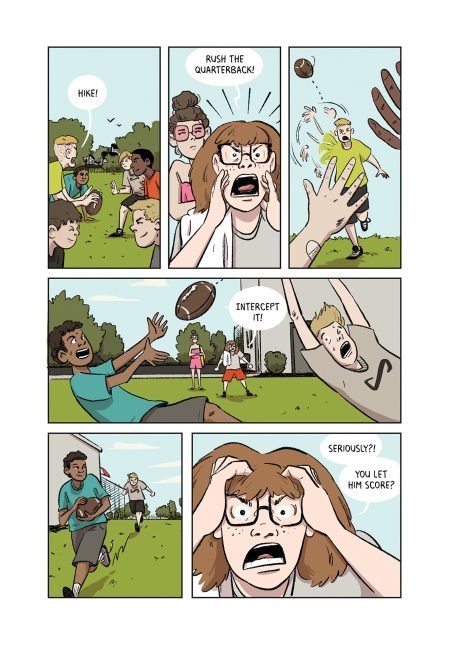“Brother and Sister Team Co-Author a Children’s Fiction Series Filled with Adventure, Fun, and SEL Opportunities”
Hi. I’m Tara Mesalik MacMahon, Closet of Dreams co-author with my brother Mark Ukra. Mark is a HarperCollins author and I’m a James Hearst Poetry Prize winning poet. Most recently we teamed to pen Closet of Dreams, the first book in this children’s book series, The Adventures of Child and Gamma.
We based Closet of Dreams on our own childhood “Closet of Dreams,” where the make-believe world of Child, Gamma and their amazing animal friends came to life. Mark was “Child,” a nine-year old orphan boy who dreams big, and I was “Gamma,” his grandmother, once a pitcher in the American Women’s Baseball League, and with whom Child lives. The book transports readers into Child and Gamma’s fantastical adventures, and as Gamma always says, “when your fears disappear, your dreams appear!”
Though little in good writing comes easily, Mark and I quickly realized the adventures of this cast of characters had a lot more to offer than just a fun read. Closet of Dreams, (and we foresee the entire series), is filled with SEL and other learning opportunities.
So, to better reach the classroom, or homeschool, or counselors—we connected with educators, Sandra Bennett, M. Ed., and Myles Bennett, BA. Ed. to create an educator’s guide for the book. They even took the extra leap and also created a companion Closet of Dreams Workbook with fifty downloadable pdf worksheets.
I’ve asked Sandra Bennett to join me for this article and she agreed to answer some questions about our Educator’s Guide and share her views on the value of these guides in general.
T: Hi Sandy, thanks for being here. Sandy’s a 25-year veteran Master elementary school teacher, now teaching 4th grade at Dan D. Rogers Elementary School in Dallas, Texas. She has a M. Ed in Curriculum and Instruction from Texas Tech University.
S: Thanks for including me in this incredible project, Tara.
T: My pleasure, Sandy, and it’s my brother’s and my great luck to work with you and Myles. My first question is: You’ve been an elementary school teacher for a long time, a star reading and writing teacher, Texas Education Agency Master Teacher, the highest designation, and therefore a very good person to ask: what made you think Closet of Dreams would be a good book for the classroom and candidate for a companion educator’s guide and workbook?
S: While reading the book, I recognized many social-emotional learning connections that could be made in the classroom. SEL is so important for our elementary students. We have morning meetings that focus on SEL, but I am always looking for ways to make those connections for kids in relation to their academic subjects, as well.
T: Could you elaborate on the kinds of SEL connections you found in Closet of Dreams?
S: The most obvious topic would be bullying. The main character, Child, is bullied by a group of kids. The action begins on the first page, so the kids jump right into it. Additionally, Child has to identify his emotional support structures when he feels alone or afraid. This provides an excellent chance for students to reflect on people in their own lives who can be counted on in times of stress. Empathy is also threaded through this novel, as well. The more students are presented with these SEL concepts, the deeper the internalization, creating a lasting impact.
T: “Emotional support structures” for kids–that’s so important, and empathy, too, as SEL concepts. Could you also share here a bit about character identification? With which characters in Closest of Dreams did your students most identify?
S: I think students identified with the main character, Child, who is bullied by a group of peers. Most kids have experienced some form of uncomfortable interaction with their peers by mid-elementary school. Some experiences may not be as intense, but they can learn from the way Child handles himself in his situation.
At the end of the book, Child feels empathetic toward Eddie (the bully). I think this presents an opportunity for those conversations that consider why people treat others badly. Young readers get a glimpse of what Eddie may go through at home and how that contributes to his actions.
Gamma and Randi (Child’s best friend) are strong supporters of Child, especially as he loses confidence in himself. I think it’s important for kids to see examples of that support so that they can recognize those relationships in their own lives. Everyone wants a friend like Randi, but it’s also just as important for kids to examine their own contributions to their relationships with others.
T: I believe the ending of the book surprised even my brother Mark and me, this scene with Child and Eddie, where the bullied consoles the bullier—Mark and I both learned a lot from that moment. And your Closet of Dreams Workbook certainly does a thoughtful job probing into so many of the SEL aspects of the book. But the workbook offers other types of learning opportunities as well. Could you talk about those with some specifics, what they are and why you selected them?
S: As a reading and writing teacher, I wanted to choose some standards that elementary students should be practicing. Some worksheet topics are cause and effect, vocabulary, and inference. There are many short writing exercises, as well, where students are asked to provide the evidence for their answers. I’ve also included reflection pages that are more SEL-based, but still provide students with writing exercises. There is at least one worksheet per chapter.
T: Sandy, would you like to share anything else with the “Unleashing Readers” audience?
S: I am so excited to be a part of this Closet of Dreams project. It was so much fun creating activities that engage students and allow them to show off their creativity. After I’d finished the project, I still had all of these ideas swirling around in my head, so I decided to create the downloadable worksheets. The worksheets allow flexibility for individual students, small groups, or whole class instruction. As a teacher, I know that there are so many ways to use books like this in the classroom.
T: Thanks again, Sandy. The workbook and educator’s guide take Closet of Dreams learning possibilities to a new level. We’re so grateful to you and Myles.
And to readers here, I hope you have an opportunity to check-out Closet of Dreams and the companion Teacher’s Guide and Workbook.
And please stay tuned for Book II in the series with companion Bennett and Bennett educator’s guide and workbook. In this second exciting adventure, Child, Gamma, and their animal friends race to rescue Starr, a magical baby elephant in Botswana.
Published March 2024 by BookLogix
About the Book: In Closet of Dreams (March 2024), the debut title in “The Adventures of Child and Gamma” chapter book series, brother and sister co-authors Mark Ukra and Tara Mesalik MacMahon tell young readers, “When your fears disappear, your dreams appear!”
An aspiring pitcher with a mean fastball, nine-year-old Child wants nothing more than to be on his local little league team. But the team is dwindling and to make matters worse, Child has a gang of bullies targeting him. He confides in his grandmother, Gamma, and she sends him to the Closet of Dreams, a place she invented for Child so that he’d have a safe place to go when he gets scared.
A star-pitcher back in her day, Gamma now works at the Kids Park where retired circus animals spend their days. When Child sees his animal friends have hidden talents, he turns to them for help. Can Child put his fears aside and save his team?
In this charming chapter book, readers will delight in a magical story of friendship and talking animals. The authors were inspired by their own childhood’s “closet of dreams,” where the make-believe world of Child and Gamma originally came to life.
About the Authors: Co-authors Mark Ukra (Child) and Tara Mesalik MacMahon (Gamma) are brother and sister and lifelong best friends. Mark is the author of The Ultimate Tea Diet (HarperCollins), and Tara is a Pushcart Prize–nominated poet and award-winning author of Barefoot Up the Mountain (Open Country Press). Her poems appear widely in literary journals and anthologies, including those from Red Hen Press, Nimrod International Journal, Poet Lore, Jabberwock Review, among many others.
Mark and Tara based Closet of Dreams upon their own childhood Closet of Dreams, where the make-believe world of Child and Gamma came to life. Mark was “Child”; Tara was “Gamma.” Book II is already in the works, where Child and his friends race to rescue Starr, a magical baby elephant in Botswana. Learn more at: www.childandgamma.com.
Thank you, Tara and Sandra, for shining a light on the uses for Closet of Dreams in the classroom!
